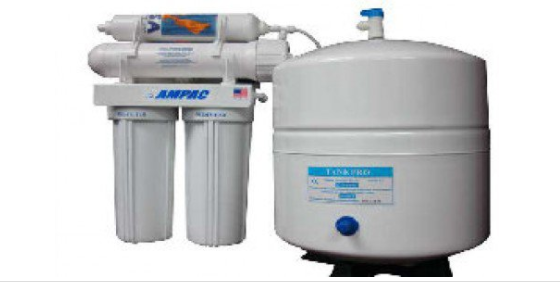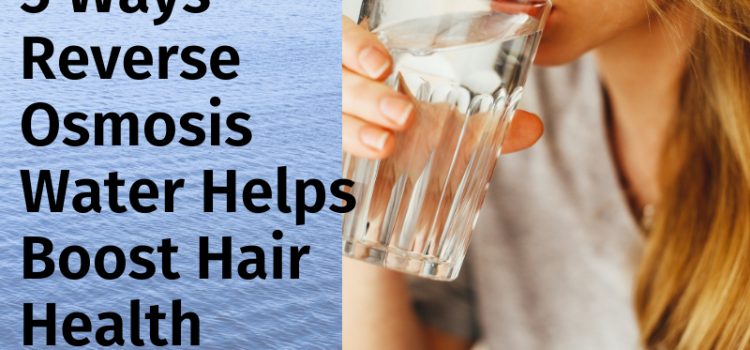Author Full Names: Guilherme, Stephanie; Rodriguez, Manuel J.
Source:ENVIRONMENTAL MONITORING AND ASSESSMENT, 189 (11):10.1007/s10661-017-6296-5NOV 2017
Language:English
Abstract: Among all the organic disinfection by-products (DBPs), only trihalomethanes (THMs) and haloacetic acids (HAAs) are regulated in drinking water, while most DBPs are not. Very little information exists on the occurrence of non-regulated DBPs, particularly in small water systems (SWS). Paradoxically, SWS are more vulnerable to DBPs because of a low capacity to implement adequate treatment technologies to remove DBP precursors. Since DBP analyses are expensive, usually SWS have difficulties to implement a rigorous characterization of these contaminants. The purpose of this study was to estimate non-regulated DBP levels in SWS from easy measurements of relevant parameters regularly monitored. Since no information on non-regulated DBPs in SWS was available, a sampling program was carried out in 25 SWS in two provinces of Canada. Five DBP families were investigated: THMs, HAAs, haloacetonitriles (HANs), halonitromethanes (HNMs), and haloketones (HKs). Multivariate linear mixed regression models were developed to estimate HAN, HK, and HNM levels from water quality characteristics in the water treatment plant, concentrations of regulated DBPs, and residual disinfectant levels. The models obtained have a good explanatory capacity since R-2 varies from 0.77 to 0.91 according to compounds and conditions for application (season and type of treatment). Model validation with an independent database suggested their ability for generalization in similar SWS in North America.
The post Models for estimation of the presence of non-regulated disinfection by-products in small drinking water systems appeared first on Facts About Water.
Source: Water Feed








